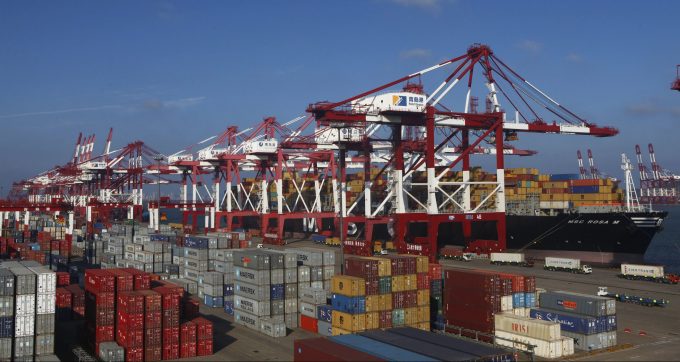More luck than judgment? Top 10 box lines enjoy elusive balance
Something of a sweet spot?

To understand the disruption facing the container shipping markets at present, it’s insufficient to simply focus on the vessels themselves. MSI’s latest estimates for containerised trade growth in 2021 were 6%, above fleet growth of 4.5%. A 1.5 percentage point differential between supply and demand ...

Comment on this article